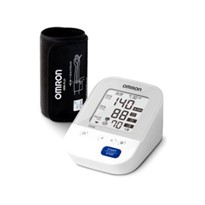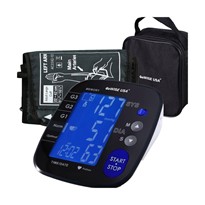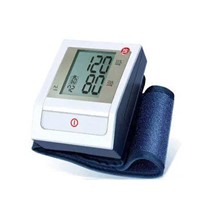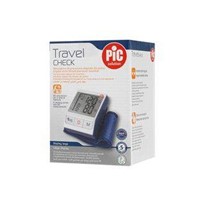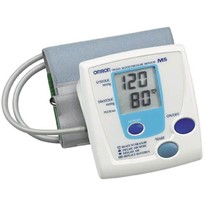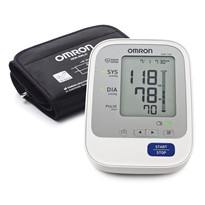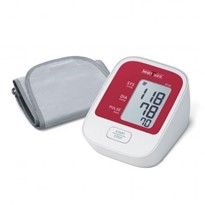Your blood pressure goes up and down throughout the day. Taking your own blood pressure at home, or on the go, is one way to get a better understanding of your average numbers. Different factors cause blood pressure fluctuations; some you can control and some you can’t.
1. White-coat syndrome
As many as 20% of people diagnosed with hypertension or high blood pressure (HBP) experience temporary, stress-related spikes when having their blood pressure taken in the doctor’s office.
2. Masked hypertension
Strangely enough, some people experience the opposite of white-coat syndrome: their BP appears normal in the doctor’s office but may be high, even dangerously high, in the course of normal life.
3. Time of day
Your blood pressure usually rises and falls between the waking and sleeping hours. It’s generally lowest during sleep, rises throughout the day, and starts to fall again in the late afternoon.
4. Temperature
Your BP is usually higher in the cold and lower in the heat. Cold temperatures narrow your blood vessels, increasing the pressure needed to pump blood through them. Weather changes like humidity or atmospheric pressure can also affect blood pressure, especially in people 65 years of age and older.
5. Stress
Daily stress can cause temporary increases in blood pressure. Along with work, personal or health-related stress, a doctor visit can be stressful for some people.
6. Over-the-counter (OTC) cold medicines
OTC cold remedies that contain decongestants (for example pseudoephedrine, ephedrine, phenylephrine, naphazoline and oxymetazoline) can cause temporary increases in blood pressure that can be dangerous for people with HBP.
7. Exercise
It’s normal to see temporary increases in blood pressure during exercise. This can be particularly true, and possibly in a more dramatic way, with weightlifting. Follow these tips to avoid excessive increases to your BP while working with weights:
- Use the right form
- Don’t hold your breath during exertion
- Focus on high repetitions with lighter weights
- Watch out for dizziness, severe breathlessness and chest pain or pressure
An active lifestyle is a great way of lowering blood pressure in the long run.
8. A full bladder
Your blood pressure is lower when you have an empty bladder. Your systolic blood pressure (the first number in a blood pressure reading, for example 119/79mmHg) can increase 10 to 15mmHg when your bladder is full.
9. Foods with tyramine
Foods containing the blood-pressure-regulating amino acid tyramine can cause a temporary spike in blood pressure. Some foods with tyramine are:
- Strong or aged cheese
- Beer
- Cured and processed meats
- Spoiled foods
The effect of tyramine on blood pressure can be particularly dangerous for people using anti-depressant medications called monoamine oxidase inhibitors (MAOIs). MAOI examples include:
- Isocarboxazid (Marplan)
- Phenelzine (Nardil)
- Selegiline (Emsam)
- Tranylcypromine (Parnate)
10. Caffeine
Caffeine can cause a temporary but dramatic rise in blood pressure. Experts aren’t sure why. Some researchers believe caffeine may block hormones that widen the arteries, meaning lower blood pressure. Others think that caffeine causes increases in adrenaline.
Taking your own blood pressure, at home or on the go
Because of regular fluctuations in blood pressure, white-coat syndrome, and masked hypertension, doctors may recommend self-monitoring for people with HBP. There are many benefits to taking your own BP:
- Knowing your actual, average blood pressure outside of regular fluctuations
- Gaining more control over your blood pressure
- Tracking your progress
- Saving time and possibly money from frequent doctor visits and complications
Self-monitoring options
Based on your doctor’s suggestion, your lifestyle and the severity of your HBP condition, you might consider different types of self-monitoring devices like:
- Home blood pressure monitors
- Portable blood pressure monitors
- Wearable blood pressure monitors
When taking your own blood pressure, it’s important to take it the right way to get accurate results.
How to take your own blood pressure effectively
When and how you take your own BP can affect your results. Blood-pressure monitoring tips include:
- Take it easy before taking your BP. Rest for at least five minutes before your first measurement. Don’t smoke, drink caffeinated beverages or exercise for 30 minutes before taking your BP. Don’t talk while taking your BP.
- Take your BP with an empty bladder.
- Sit correctly. Sit with your back straight and well-supported; make sure not to cross your legs and keep your feet flat on the floor.
- Position your arm correctly. Keep your upper arm at heart level. The way to do this will be a little different depending on whether you’re using a wrist or upper-arm monitor, so follow the instructions for your device. Don’t place blood pressure cuffs over your sleeves
- Measure at the same time every day. Many doctors will recommend taking your BP in the morning and evening. Don’t take your BP right after you wake up.
- Take more than one reading and track your results. Take two or three readings about one minute apart. Some Omron devices do this automatically and then give you an average of your readings. Take your monitor with you to doctor appointments. Some monitors will also let you share your results with your doctor from your mobile device.
This was to reference our TruRead technology and this follows what the AHA published on their site.
Some daily fluctuation in blood pressure – from factors like food, activity, stress, weather and time of day – is normal. Self-monitoring gives you a bigger picture of your blood pressure numbers, which is helpful for you and your doctor.
If you notice significant fluctuations in your blood pressure, consult with your healthcare professional.



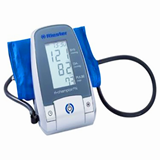
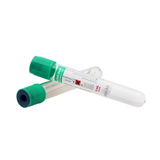


-160x160-state_article-rel-cat.png)
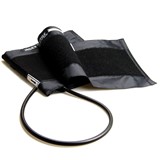
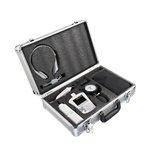
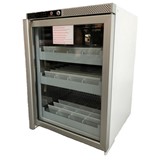
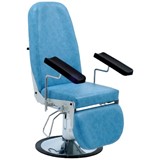
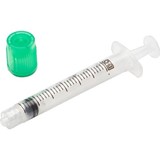
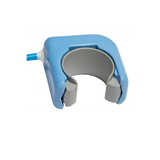
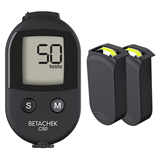
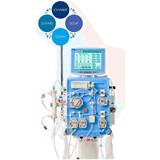
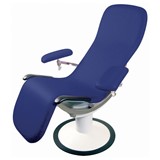
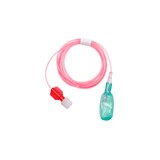
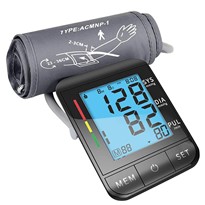
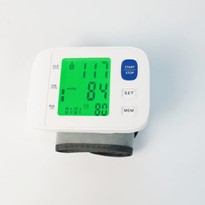
-205x205.jpg)
